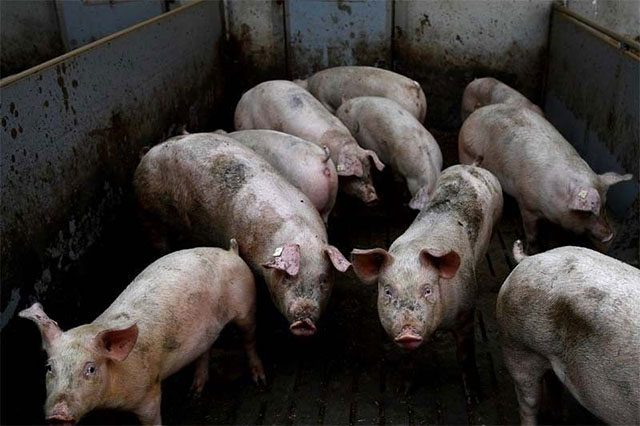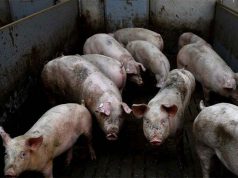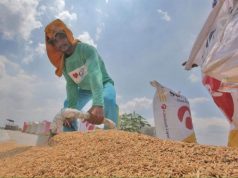
MANILA — The Philippines’ swine inventory increased by about 700,000 heads over the last 12 months owing to a repopulation program, following two years of declines due to African swine fever outbreaks, an agriculture official said on Tuesday.
The inventory has risen to 9.8 million heads, from 9.1 million a year ago, said Reildrin Morales, director of the Department of Agriculture’s Bureau of Animal Industry.
The increase was “substantial”, he said in a virtual briefing, citing official data, after the industry suffered a decline of more than 3 million heads between 2019 and 2020 mainly due to massive culling.
The Philippines, the world’s seventh-biggest pork importer before local demand was hammered by the pandemic, has been hit hard by such outbreaks and forced to ramp up pork imports to address an acute domestic shortage and temper food inflation.
As of Jan. 13, 45 villages across the country still had active cases of African swine fever, a small fraction of the 3,582 villages hit by the disease since the first outbreak was reported in 2019, data from the department showed.
Morales said the private sector has taken a lead role in the government-funded repopulation program, and he expects the increased domestic supply to help stabilize pork prices eventually.
“By the third quarter of 2022, if the momentum and our repopulation and other initiatives continue, we can expect our pork supply to be on the positive side,” he said. —Reporting by Enrico Dela Cruz; Editing by Martin Petty









